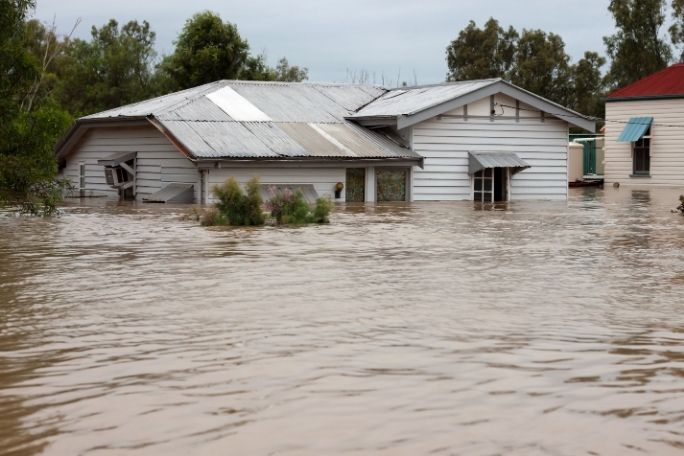Lesson Summary
Students will investigate the impacts of natural disasters on individuals and communities by exploring a case study. Students will then create a news story about the cause and impact of the natural hazards that occurred in Lismore (NSW), Lockyer Valley (Qld), Kalbarri (WA), Mallacoota (Vic) or Cobargo (NSW).
Learning Intentions:
Students will...
- recognise some of the underlying, human-induced causes of natural disasters.
- identify a range of impacts of natural disasters on individuals and communities.
Success Criteria:
Students can...
- empathise with those impacted by natural disasters.
- communicate their research about the cause and impacts of natural disasters via a news story.
Lesson guides and printables
Curriculum links
Select your curriculum from the options below.
Lesson details
Curriculum Mapping
Australian Curriculum content descriptions:
Syllabus outcomes: GE4-2, GE4-8.
General capabilities: Literacy, Critical and Creative Thinking, Personal and Social Capability.
Cross-curriculum priority: Sustainability.
Relevant parts of Year 7 Geography achievement standards:
Water in the world’ develops students’ understanding of the concept of environment, including the ideas that the environment is the product of a variety of processes, that it supports and enriches human and other life, that people value the environment in different ways and that the environment has its specific hazards.
Relevant parts of Year 8 Geography achievement standards:
By the end of Year 8, students explain geographical processes that influence the characteristics of places and explain how places are perceived and valued differently. They explain interconnections within environments and between people and places and explain how they change places and environments. They compare alternative strategies to a geographical challenge, taking into account environmental, economic and social factors.
Level of teacher scaffolding: Medium – facilitate small group work and class discussion.
Resources Required
- A device capable of creating audiovisual recordings, such as an iPad or camera
- A device capable of presenting a video to the class
- Student Worksheets – one copy per student
Skills
This lesson is designed to build students’ competencies in the following skills:
- Communication
- Creativity
- Critical Thinking
- Empathy
- Problem Finding
- Collaboration
Additional Info
We encourage you to undertake the free PD Course How to teach a unit on fire and flood resilience for tips on how to best deliver this lesson.
If you’re concerned about the challenging nature of these topics, consider the free PD Course How to approach trauma in the classroom for information on how best to support your students.


Welcome back!
Don't have an account yet?
Log in with:
Create your free Cool.org account.
Many of our resources are free, with an option to upgrade to Cool+ for premium content.
Already have an account?
Sign up with:
By signing up you accept Cool.org's Terms and Conditions(Opens in new tab) and Privacy Policy(Opens in new tab).